|
Many of us awoke yesterday to shocking footage of the Francis Scott Key Bridge in Baltimore collapsing after a fully-laden container ship ploughed into one of its supporting pylons.
My first thought was “How did that happen?” And then shortly afterwards, looking at the relative sizes of the bridge and the ship, I wondered “Actually, why doesn’t that happen more often?”
So I got in touch with bridge engineering expert Colin Caprani, who had some answers. The people who build bridges go to a lot of trouble to protect them from exactly this kind of accident, surrounding the supports with defensive concrete “dolphins”, fenders, and even artificial islands.
What went wrong in Baltimore, Caprani writes, seems to have been a bridge built in the 20th century blindsided by one of the 100,000-tonne container ships that have become increasingly common in the 21st.
The tragedy is a reminder we can’t get complacent about infrastructure like bridges: not only does it need repairs and maintenance, it also needs constant updating to keep pace with changes in the world around it.
|

|
Michael Lucy
Science Editor
|
|
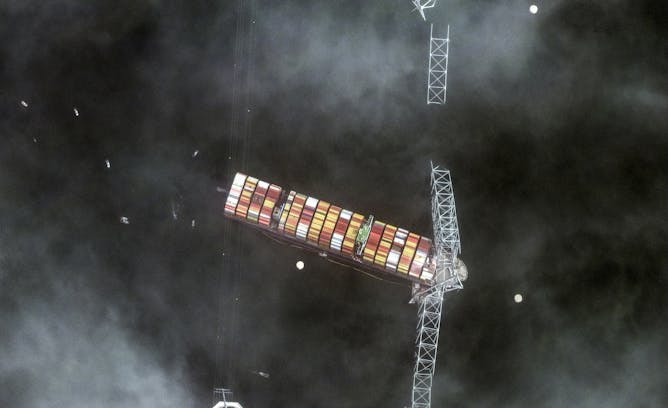
Colin Caprani, Monash University
Bridges are getting safer – but their designers need to keep up with the ever-growing size of cargo ships.
|
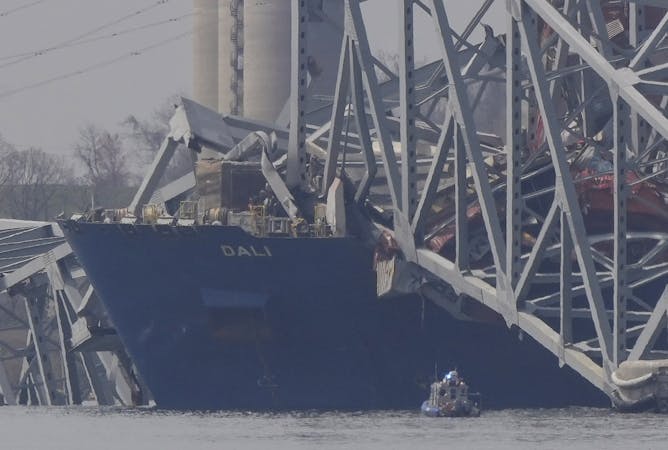
Allan Post, Texas A&M University
Two ship pilots were on board the large cargo vessel that hit Baltimore’s Francis Scott Key Bridge. A veteran ship captain describes the role these pilots play in close-quarter maneuvering.
|
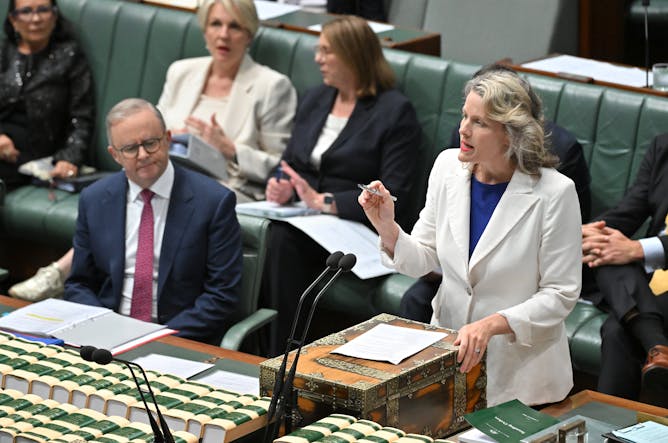
Michelle Grattan, University of Canberra
In 2024, we’re seeing a pragmatic, determined, managerial prime minister trying to reinforce the anchors of the ship of state ahead of the May budget.
|

Jane McAdam, UNSW Sydney; Daniel Ghezelbash, UNSW Sydney; Madeline Gleeson, UNSW Sydney; Tristan Harley, UNSW Sydney
The government has failed in its attempt to ram unprecedented changes to the migration act through parliament. The laws, now being reviewed by a senate committee, could be disastrous.
|
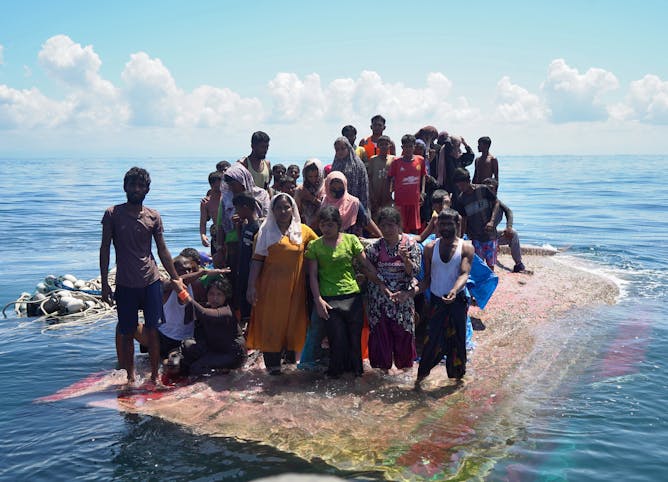
Ruth Wells, UNSW Sydney; Max William Loomes, UNSW Sydney
The number of Rohingya trying to escape Bangladesh by boat has risen 74% since October. Increasing lawlessness in the camps is one of the major push factors.
|

Maria Nicholas, Deakin University; Andrew Skourdoumbis, Deakin University; Ondine Bradbury, Monash University
New research finds teachers tend to have tailored approaches to help students performing below standard, but not for their gifted peers.
|

Neil McArthur, University of Manitoba
Dating apps provide a valuable social service. The industry should be regulated to protect consumers, increase competition and address fraud.
|
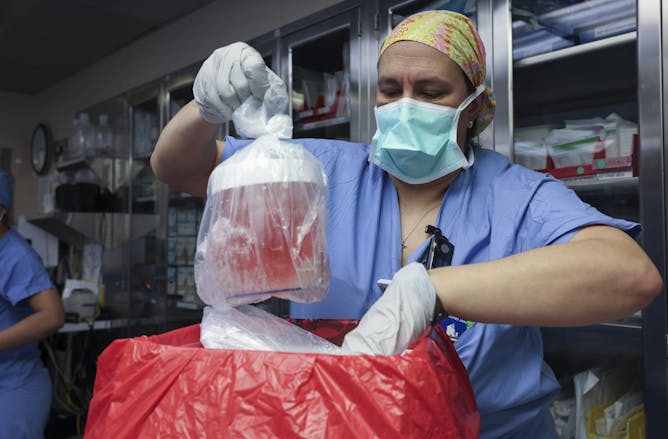
Christopher Rudge, University of Sydney
Champions of xenotransplantation see it as the solution to organ shortages across the world. But this technology has other applications.
|
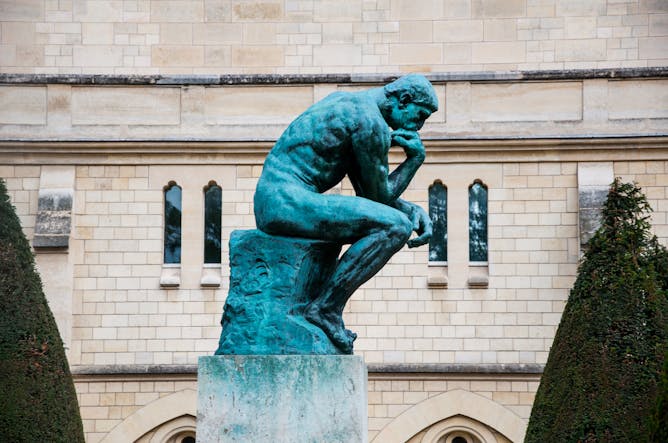
Oscar Davis, Bond University
Svend Brinkmann’s idea of thoughtfulness is not just about exercising our rational powers to solve puzzles, but the existential dimensions of thinking.
|
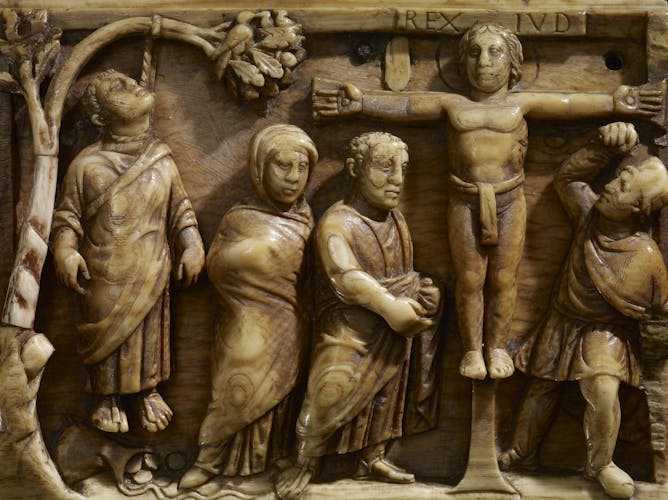
David Tombs, University of Otago
Each Easter we see many images of Jesus on the cross – inevitably wearing a loincloth. But the historical evidence shows victims of crucifixion were fully naked to maximise shame as well as pain.
|
Politics + Society
|
-
Hilary Stace, Te Herenga Waka — Victoria University of Wellington
Plans to cut respite care funding has been met with widespread condemnation. But to understand why it is such an issue, it is important to understand the battle for support in the first place.
|
|
Health + Medicine
|
-
Helen Dickinson, UNSW Sydney
Although the NDIS Review set out a five-year timeframe for reform, many of the items within this bill are needed to modify the NDIS Act and to allow for changes to take place.
-
Pratik Raul, University of Canberra; Jeroen van Boxtel, University of Canberra; Jovana Acevska, University of Canberra
‘Neural noise’ isn’t the sounds you hear, but rather the variability of responses in your brain. Autistic people are thought to have greater variance that can be a disadvantage or a strength.
|
|
Science + Technology
|
-
Cassandra Steer, Australian National University
Without satellites, we wouldn’t have much of the Earth and climate data we have today. And Australia is a world leader in satellite data.
|
|
Environment + Energy
|
-
Ian Cresswell, The University of Western Australia; Andrew J Constable, University of Tasmania; Keith Reid, University of Tasmania
A new report has found the marine reserve covering the Heard and McDonald islands must urgently be expanded.
|
|
Arts + Culture
|
-
Panizza Allmark, Edith Cowan University
Purple was highly valued and associated with royalty, power, and prestige in various ancient cultures, including the Roman and Byzantine Empires. So how did red creep its way in?
|
|
| |
|
|
|
James Cook Univeristy
Cairns QLD, Australia
•
Contract
|

|
|
The Conversation AU
Melbourne VIC, Australia
•
Full Time
|

|
|
University of Wollongong
Wollongong NSW, Australia
•
Full Time
|

|
|
|
|
| |
| |
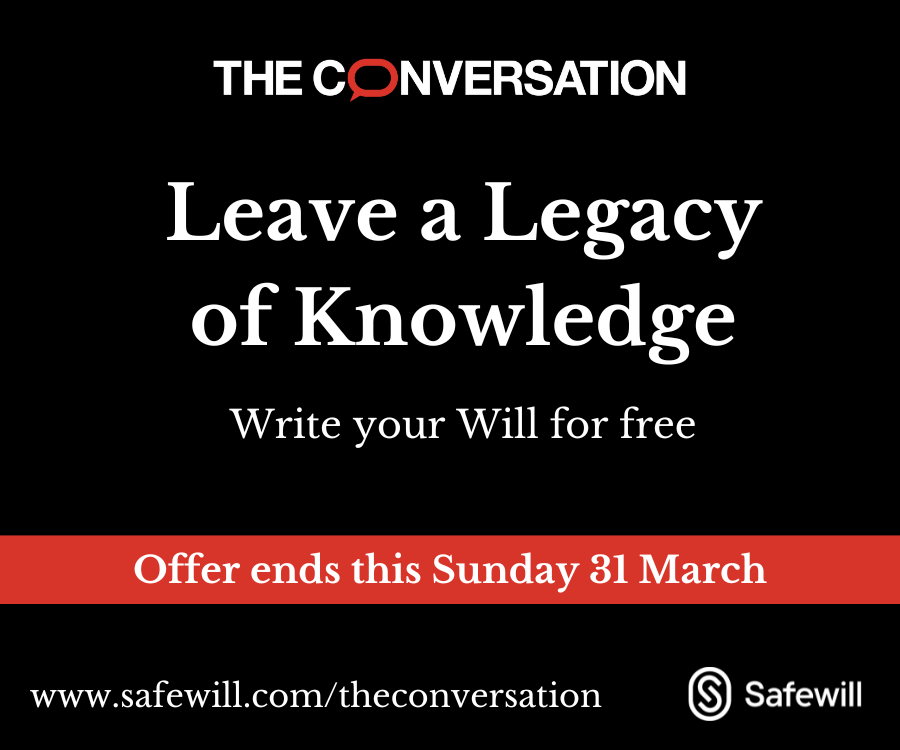
|
| |
| |
| |
Featured Events, Courses & Podcasts
|
View all
|
|
|
|
| |
| |
| |
| |
| |
|
|